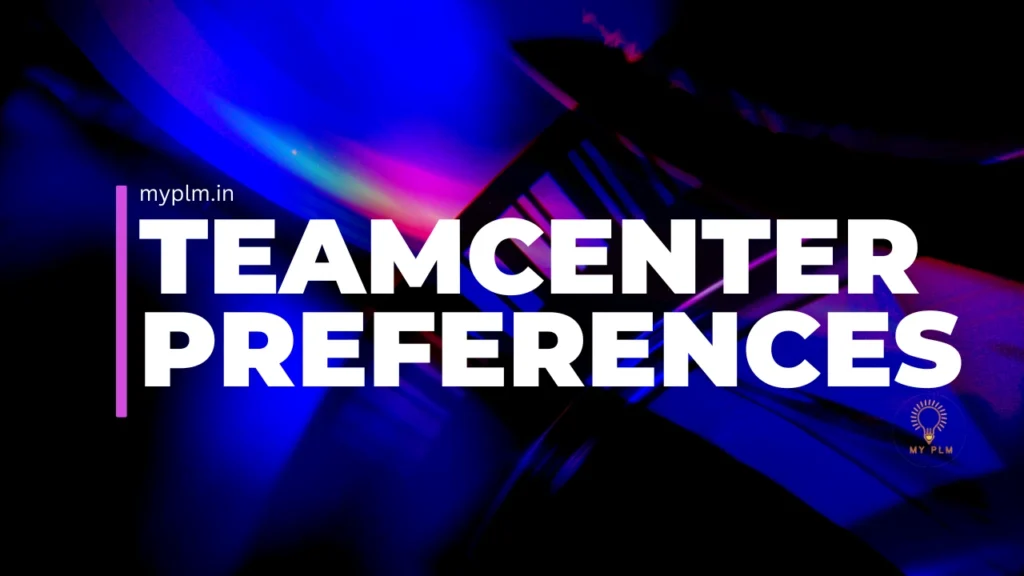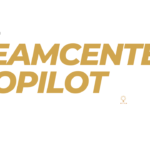In the realm of modern product lifecycle management (PLM) solutions, Teamcenter stands out as a robust platform that streamlines various aspects of product development. Among its array of features and functionalities, preferences play a crucial role in customizing the user experience and optimizing workflows.
Preferences in Teamcenter refer to the customizable settings that users can configure to tailor their individual work environments according to their specific requirements and preferences. These preferences encompass a wide range of aspects, including interface layout, behavior, display settings, and default options. By allowing users to personalize their interactions with the system, preferences significantly enhance efficiency and usability across diverse roles and workflows within an organization.
Table of Contents
Significance and Functionalities of Preferences in Teamcenter
1 Customized Interface Layout
Empower users to arrange the interface elements of Teamcenter according to their workflow preferences. Whether it’s adjusting the placement of toolbars, panels, or menu options, users can organize the interface elements for optimal accessibility and productivity. This flexibility ensures that each user can configure the layout to suit their unique working style and tasks.
2 Behavioral Settings
Enable users to fine-tune the system’s behavior to align with their workflow requirements. This includes defining default actions, setting up notification preferences, specifying search criteria, and configuring workflow behaviors. For instance, users can choose whether to receive email notifications for specific events or customize the behavior of automated processes to match their workflow patterns.
3 Display Customization
Offer extensive options for customizing the display settings within Teamcenter. Users can adjust the font size, color schemes, and visibility of various elements to optimize readability and visual clarity. Additionally, users can configure the display of metadata, thumbnails, and other relevant information to streamline data interpretation and decision-making processes.
4 Default Options
Allow users to set default values for various operations and actions. This ensures consistency and efficiency by predefining parameters such as naming conventions, file formats, revision rules, and access permissions. By establishing these default options, users can accelerate their tasks and minimize the risk of errors arising from manual input.
5 Role-Based Preferences
Teamcenter facilitates role-based preference, wherein users can define distinct preference configurations based on their roles within the organization. For example, design engineers may have preference tailored to CAD integration and version control, while project managers may prioritize preference related to project tracking and collaboration tools. This role-based customization ensures that each user receives a personalized experience optimized for their specific responsibilities and tasks.
6 Version Control and History
Teamcenter extend to version control and history management, allowing users to define how versions are handled and displayed within the system. Users can specify preferences related to version numbering, revision control, branching strategies, and access controls. This ensures that the versioning process aligns with organizational standards and regulatory requirements while accommodating the preferences of individual users.
Conclusion
In conclusion, preferences in Teamcenter serve as a powerful tool for enhancing user experience, efficiency, and productivity within the PLM environment. By offering extensive customization options across interface layout, behavior, display settings, default options, and role-based configurations, Teamcenter empowers users to tailor their work environments to their specific needs and preferences. As organizations strive for greater agility and innovation in product development processes, leveraging preferences in Teamcenter becomes indispensable for optimizing workflows and driving success in the digital era of product lifecycle management.
Read More Articles
Exploring the Power of Tiles in Teamcenter’s Active Workspace Client
Understanding the Contrast: Volume vs. Database in TC
Exploring TC: The Central Hub for Product Lifecycle Management
Understanding Item Revision in TC: A Comprehensive Guide
Unlocking Efficiency and Precision: Understanding Workflow Designer in TC
Understanding PLM (Product Lifecycle Management): A Comprehensive Guide
Demystifying BMIDE in TC: Empowering Effective PLM Solutions
Understanding Organizations in TC: Building Efficient Work Structures
Demystifying Datasets in TC: A Comprehensive Guide
A Step-by-Step Guide to Installing TC Software
Revealed Pseudofolders in Siemens TC: Simplifying Data Management for Engineers
Unlocking TC’s Potential: A Guide to Creating Custom Properties







